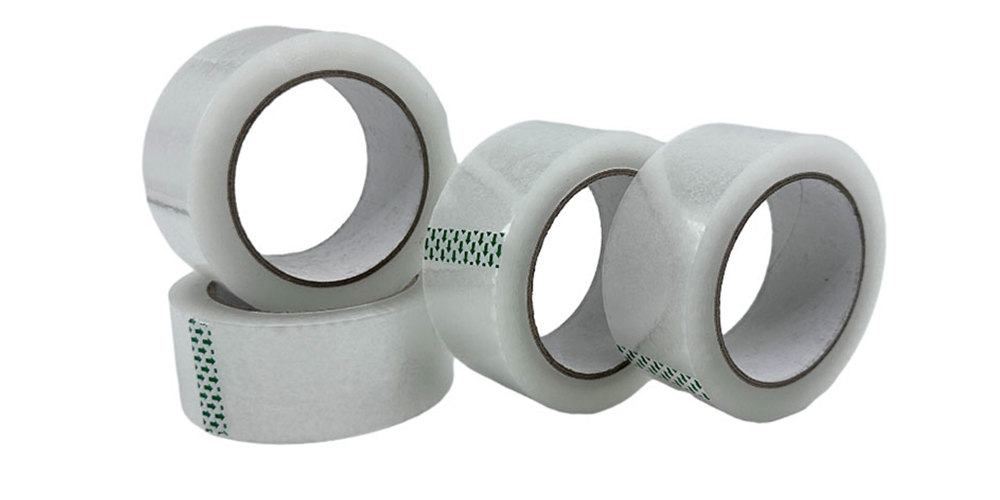Release time:08/07/2024
The adhesive technology behind packaging tape is a fascinating area of study, combining chemistry, physics, and material science to create reliable and efficient bonding solutions. Understanding the science behind these adhesives can provide insights into their performance, applications, and future innovations.
Packaging tape adhesives are primarily classified into three types: acrylic, hot melt, and natural rubber. Each type has unique properties that make it suitable for specific applications.
Acrylic adhesives are known for their strong bonding properties and resistance to environmental factors such as UV light, temperature variations, and oxidation. These adhesives are created through the polymerization of acrylic monomers, resulting in a durable and long-lasting bond. The chemical structure of acrylic adhesives provides excellent clarity, making them ideal for transparent tapes. They are widely used for sealing packages that require long-term storage and exposure to varying conditions.
Hot melt adhesives are thermoplastic materials that become fluid when heated and solidify upon cooling. These adhesives are composed of synthetic rubber and resin, providing strong initial tack and excellent adhesion to various surfaces. The hot melt adhesive process involves melting the adhesive, applying it to the tape backing, and allowing it to cool and bond. This type of adhesive is favored for its quick-setting properties and high bonding strength, making it suitable for heavy-duty applications and fast-paced packaging environments.
Natural rubber adhesives are derived from the sap of rubber trees and are known for their exceptional elasticity and adhesive properties. The adhesive is formulated by blending natural rubber with tackifiers and resins to enhance its bonding capabilities. Natural rubber adhesives offer excellent adhesion to rough and uneven surfaces, making them ideal for packaging applications that require flexibility and strong grip. They are often used for securing heavy or bulky packages.

The performance of packaging tape adhesives is influenced by several factors, including the surface energy of the materials being bonded, the adhesive's viscosity, and the environmental conditions. Surface energy refers to the tendency of a surface to attract or repel the adhesive. High surface energy materials, such as metals and glass, provide better adhesion compared to low surface energy materials like plastics. The viscosity of the adhesive determines its flow characteristics and ability to wet the surface, impacting the strength and durability of the bond.
Environmental conditions such as temperature, humidity, and exposure to UV light can affect the performance of packaging tape adhesives. For example, extreme temperatures can cause adhesives to become brittle or lose their tackiness, while high humidity can weaken the bond by promoting the absorption of moisture.
Advancements in adhesive technology continue to drive innovation in packaging tape. Researchers are exploring new formulations and materials to improve the performance and sustainability of adhesives. For instance, bio-based adhesives derived from renewable resources are being developed to reduce the environmental impact of packaging tapes. Additionally, nanotechnology is being used to create adhesives with enhanced bonding strength and durability.
In conclusion, the science behind packaging tape adhesives is a complex and dynamic field that combines various scientific disciplines to create reliable bonding solutions. Understanding the properties and performance of different adhesives can help in selecting the right packaging tape for specific applications. As technology advances, the development of new adhesive formulations will continue to enhance the performance and sustainability of packaging tapes.